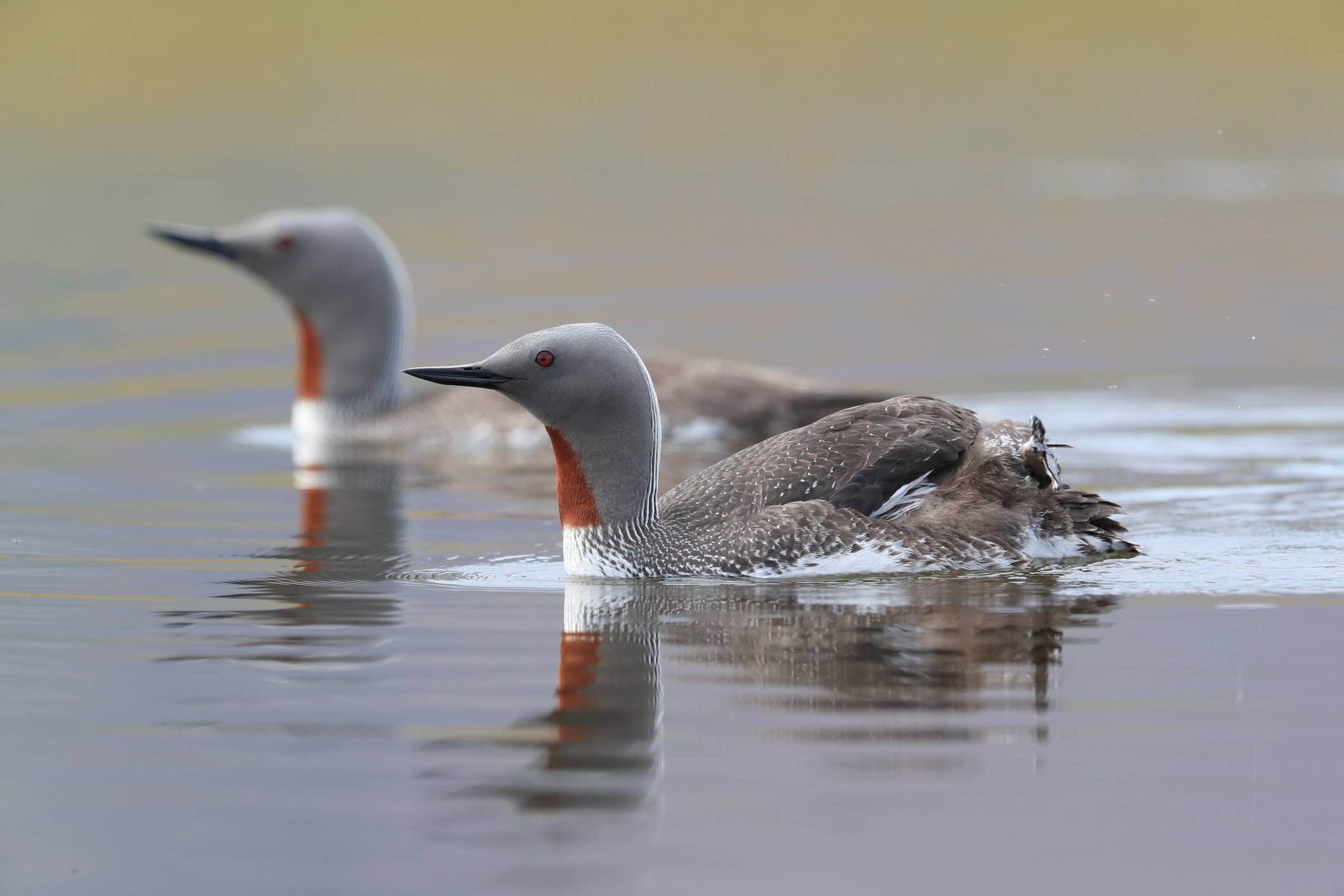Red-throated loons — a type of water bird that ancient Gaels relied on to predict the weather — are so avoidant of offshore wind turbines in the North Sea that their numbers declined significantly in the immediate vicinity, a new study finds, adding to concerns about balancing the world’s push for renewable energy with the need to protect biodiversity.
The study, published Thursday in the peer-reviewed journal Scientific Reports, investigated how the abundance of the birds had changed since 14 offshore wind farms were constructed in the southeastern waters of the North Sea. Using data collected from ships, aircraft and digital aerial surveys each year during March and April, the researchers recorded a downward pattern from 2010 to 2017.
The study shows the overall population of almost 35,000 loons, primarily red-throated loons, in the observed sites fell by nearly 30% after the wind farms were built. The loons shied away from all 14 wind farms, with their numbers declining by as much as 94% within a 1-kilometer zone.



















With your current subscription plan you can comment on stories. However, before writing your first comment, please create a display name in the Profile section of your subscriber account page.